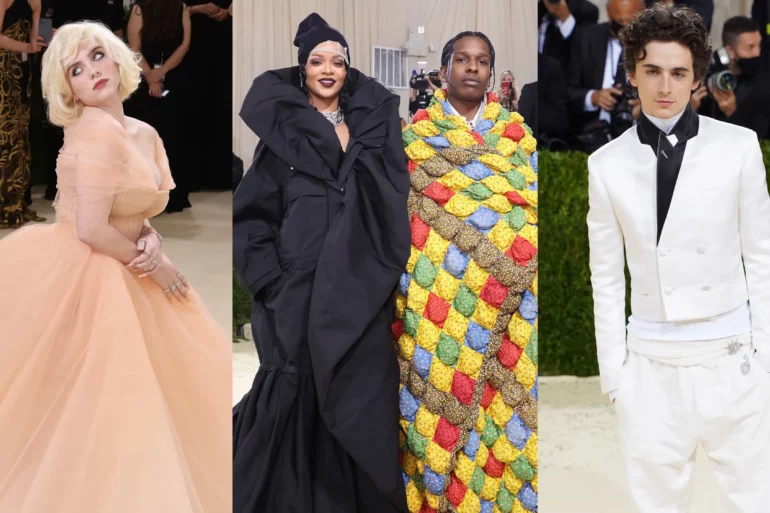Exploring the Evolution of the Met Gala Themes: A Journey through Fashion and Art
The Met Gala, also known as the Costume Institute Gala, is one of the most highly anticipated events in the fashion industry. Hosted annually by the Metropolitan Museum of Art in New York City, the gala brings together celebrities, fashion icons, and artists to celebrate the intersection of fashion and art. Each year, the event is centered around a specific theme, which sets the tone for the extravagant outfits and artistic expressions displayed on the red carpet. In this article, we delve into the evolution of Met Gala themes, exploring their significance, impact, and how they have shaped the event over the years.
I. Origins and Early Years
The inaugural Met Gala was held in 1948 as a fundraising event for the newly established Costume Institute. However, it was not until 1972, under the leadership of Diana Vreeland, that the event gained prominence as a celebration of fashion. The themes during this period were relatively broad, often centered around a specific designer or artistic era.
II. The Rise of Thematic Experiences
In the 1990s, the Met Gala underwent a transformation under the direction of Anna Wintour, the editor-in-chief of Vogue. Wintour introduced more focused and elaborate themes, reflecting the growing influence of popular culture and contemporary art. For instance, the 1999 “Rock Style” theme explored the impact of rock and roll on fashion, captivating attendees with bold and edgy outfits.
III. Exploring Cultural Influences
As the Met Gala gained global attention, the themes began to embrace cultural diversity and celebrate different traditions. For example, the 2005 “The House of Chanel” theme paid tribute to the iconic designer, while the 2015 “China: Through the Looking Glass” theme showcased the influence of Chinese art and aesthetics on fashion.
IV. Pushing Boundaries: Avant-Garde Themes
In recent years, the Met Gala has witnessed themes that challenge traditional notions of fashion and art. The 2019 theme, “Camp: Notes on Fashion,” inspired by Susan Sontag’s essay, encouraged attendees to embrace exaggerated and theatrical interpretations. It led to a spectacular display of extravagant outfits and daring fashion choices.
V. Addressing Social and Political Issues
The Met Gala has increasingly used its themes as platforms to address social and political issues. The 2018 theme, “Heavenly Bodies: Fashion and the Catholic Imagination,” explored the intersection of fashion and religion. It sparked both admiration and controversy but also prompted meaningful discussions about cultural appropriation and religious sensitivity.
VI. The Future of Met Gala Themes
As the Met Gala continues to evolve, the future of its themes holds great potential for innovation and exploration. Themes may become more inclusive, embracing a wider range of cultures, identities, and perspectives. They might also incorporate emerging technologies, sustainability, and the ever-evolving fashion landscape.
Conclusion
The Met Gala themes have evolved significantly over the years, reflecting the changing dynamics of the fashion industry and society as a whole. From a simple fundraising event to a globally recognized extravaganza, the Met Gala has become a melting pot of fashion, art, and cultural expression. The themes have acted as catalysts for creativity, providing a platform for designers, artists, and attendees to showcase their interpretations and push the boundaries of fashion.
They have also sparked meaningful conversations about identity, culture, and social issues. As we eagerly anticipate the next Met Gala and its theme, we can expect the event to continue captivating audiences, celebrating artistry, and leaving a lasting impact on the fashion world.






